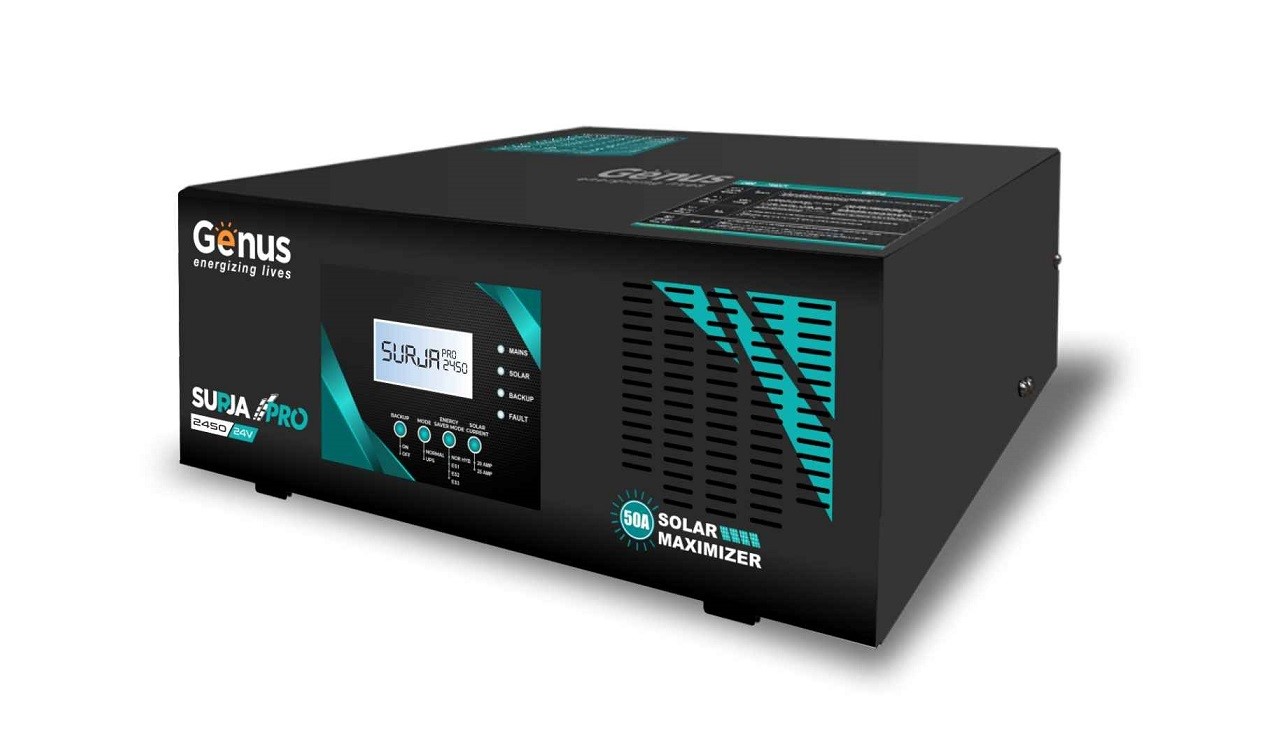When you’re setting up a home, an inverter is usually one of the top ten things on your list of must-haves. As compared to old-school generators, they’re quiet, switch on and off instantly and require less maintenance. But, it’s not like there’s a single inverter that’s the right choice for everyone. You need an inverter for your home that matches your power backup requirements and of course, fits your budget. A three-bedroom apartment would need a different inverter as compared to a two-bedroom home. So, how do you know what’s right for you? Here are a few tips that can help.
Do Your Homework
Within the category of inverters as power backup devices, there are two more categories you should know about. You’ll find pure sine wave inverters and modified sine wave inverters in the market. Sine wave inverters are usually synonymous with the former but make sure you clarify the terminology. There’s a very important difference between the two.
Inverters work by converting stored DC power in the battery to AC electricity. Our homes and appliances cannot use DC electricity. In the case of a pure sine wave inverter, this conversion is smooth. It looks like a constant, undulating wave. However, a modified sine wave inverter processes the conversion in the form of blocks. The wave form is broken up into multiple steps. It looks a little like steps going up and down. Both types of inverters are capable of running lights and fans. But when it comes to delicate appliances, modified sine wave inverters can damage the appliance. Pure sine wave inverters have many other advantages including a longer lifespan.
Know How Much Power You Need
As mentioned in the beginning, the ideal inverter for home depends on your power requirements. A bachelor in a studio apartment obviously uses less power than a 3 bedroom apartment shared by a family. So, before you start shopping for an inverter, calculate your power needs. Start by listing out all the appliances that you need to run on the inverter.
You might have three televisions and want to keep power backup only for one or you may decide that you want the microwave to run on the inverter but you can manage without having the OTG on power backup. List all the lights, fans, etc you need as well. Next, find out the wattage requirements for each of these devices. For example, a tubelight requires 6 watts of power while a 42 inch LED requires 80 watts. Calculate the sum of the wattage requirements of all the devices on your list and buffer it by about 10%. Now you know the approximate inverter capacity that’s suited to your home.
If you try to save money by buying an inverter of a lower capacity, you may not get reliable backup and could end up getting frustrated. On the other hand, if the inverter’s capacity is much higher than your needs, you’ll be spending more that required and not using the inverter to its optimal capacity.
Shop From A Good Brand
For some things, brands don’t matter too much but when it comes to buying an inverter, always shop from a known brand. Avoid buying a locally made inverter. While unbranded inverters may be cheaper, they are less reliable and could be a risky investment. When it comes to anything connected with electricity, safety is a concern. A sudden surge in power can be dangerous and could ruin the entire wiring of your home. It could even harm the devices being powered inverter. There’s also post-purchase service to be considered. The seller may help you out with the initial installation but later, if there’s an issue, you’ll have to find a different technician. These Inverter For Home are also more prone to damage since the brands have no reputation to worry about and use inferior quality materials. What sounds like a cheaper choice often turns into the more expensive one.
Shop from brands with good reviews and recommendations. You can ask friends and acquaintances for referrals or look online. Apart from being made with better quality materials and better service, most brands that manufacture inverters also provide exchange offers when it’s time to replace your inverter with a new one.
To sum it up, shop for inverters that use the latest pure sine wave technology from reliable brands and make sure the inverter capacity meets your power requirements. These three tips can go a long way in helping you find a good inverter for home. When you reliable power backup, you don’t have to worry about blackouts and can enjoy all the modern comforts that run on electricity at any time of night or day. Today, you can buy an inverter online and have it delivered and installed in a few days. It doesn’t get more convenient than this. Are you ready to buy your inverter?




